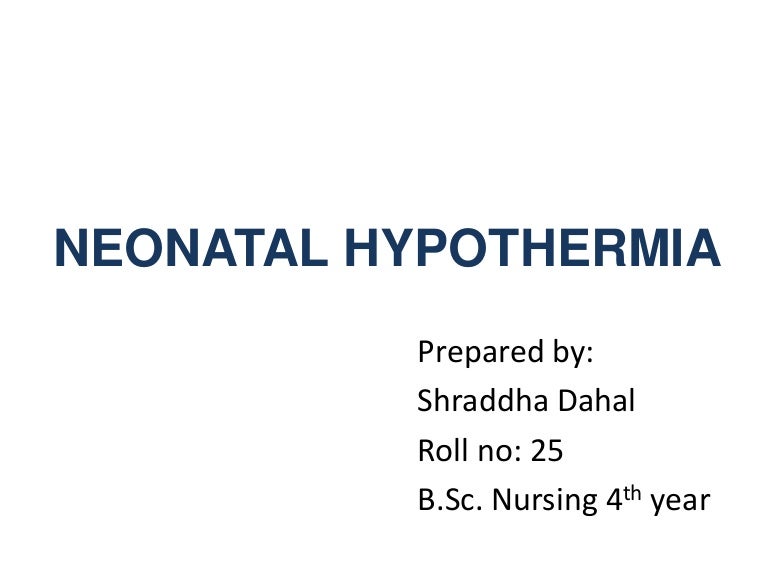Method Of Heat Loss In Newborn
This is the loss of heat from the infants skin to the surrounding air. Heat loss through radiation is related to the temperature.
 What Changes Does The Newborn Experience During The Transition To Extrauterine Life Pam Jordan Phd Rnc Winter Ppt Download
What Changes Does The Newborn Experience During The Transition To Extrauterine Life Pam Jordan Phd Rnc Winter Ppt Download
Heat loss or gain via conduction occurs through direct contact with a surface with a different temperature.
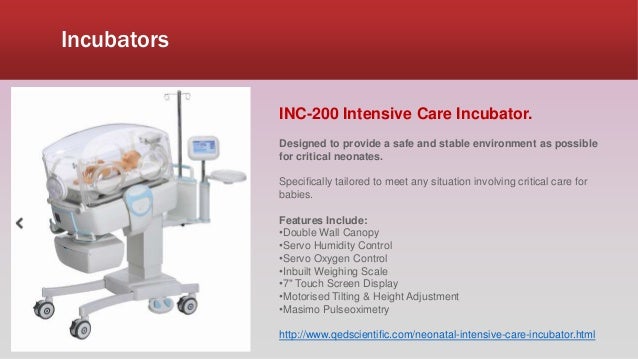
Method of heat loss in newborn. Infants rapidly lose heat by. Ways to prevent heat loss by convection. With a newborn baby losing excessive amounts of heat like this precautionary measures need to be taken immediately before a serious situation may occur.
Even a newborn in a wet nappy can lose heat by evaporation. Direct transfer of heat occurs from the newborn to this surface. Heat can be lost.
Is the loss of heat incurred when water is converted to vapor. Is the loss of heat to a cooler surface by direct skin contact. Wet linens or wet clothes can cause heat loss by evaporation.
Newborns lose heat by evaporation after delivery or after a bath. Which method of heat loss may occur if a newborn is placed on a cold scale or touched with cold hands. Potentially contribute to an unstable thermal environment for the.
Other factors that contribute to evaporative loss are the newborns surface area vapor pressure and air velocity. In newborns large amounts of heat are lost from the head due to its high skin surface area. This baby will lose heat by evaporation through a wet skin after birth.
Evaporative losses may be insensible from skin and breathing or sensible sweating. Newborns lose heat by conduction when placed naked on a cold table weighing scale or are wrapped in a cold blanket or towel. Without external support newborns can readily lose heat and body temperature through all four mechanisms of heat loss including evaporation conduction radiation and convection although each plays a greater or lesser role at various times after birth.
Infants lose heat from the skin to the environment by the following methods. A balaclava or similar type clothing can help retain moisture and warmth. If an air conditioner is kept on or when people move around near the infant increase loss of heat occurs.
B Conduction occurs when the infant comes in contact with cold objects. According to Birth heat loss can occur quickly because babies have large skin surfaces in which to lose heat. Direct transfer of heat occurs from the newborn to this surface.
This is the loss of heat from a newborns wet skin to the surrounding air. Keeping the newborn out of drafts. ConductionHeat loss occurs through direct contact with a cold surface such as weighing scales or a cold mattress allowing warmth to pass from the infant to the cooler surface.
Infants lose a lot of heat by. Insulating the head for example with a hat or bonnet can be a simple and effective method of reducing dry heat loss. The newborn baby emits heat energy in the form of infrared electromagnetic waves.
In addition a babys head makes up a big portion of this area. If the heat loss is caused by placing the baby near cold surfaces or equipment it is termed a radiation heat loss. After birth the highest losses of heat generally result from radiation and convection.
Drying and wrapping OR skin to skin contact plus a hat is required This baby is exposed so may lost heat via conductive air currents particularly if the room is cool This baby may lose heat by both convection and conduction via direct contact with cool scales. Such as a cold mattress or scales. This is the greatest source of heat loss at birth.
Breathing through the nose helps warm the air as it enters the body and lungs slightly more than breathing through the mouth. Heat loss by convection occurs when drafts come from open doors and air currents created by people moving around. For example when your baby comes out of the tub the surrounding air evaporates the water.
Your baby can lose body heat by evaporation. The infant may lose heat from internal organs to the skins surface and from there to cool surfaces with which he is in contact. When amniotic fluid evaporates from the skin.
When heat is transferred to the air surrounding the infant heat loss by convection takes place. This is why it is important that as soon as your baby is born your baby is dried with a towel which is preferably warm as well this can be done safely with your baby lying against your body as your body will help warm them by. Radiation is the transfer of heat to a cooler object that is not in direct contact with the infant.
Respiration Air is warmed then exhaled resulting in a significant source of heat loss. Conduction is the transfer of heat from one object to another by direct contact. There are four ways in which a newborn loses body heat.
Heat loss or gain via conduction occurs through direct contact with a surface with a different temperature. This is the loss of heat from a newborns skin to distant cold objects such as a cold window or wall etc. Of the surfaces surrounding the infant but not in direct.
This is the loss of heat when the infant lies on a cold surface. There are four mechanisms by which heat is lost 1 conduction 2 convection 3 radiation and 4 evaporation. ConvectionHeat loss occurs as cooler air circulates around the relatively warm skin of the infant especially if the skin is uncovered.
They lose heat via evaporation after birth as the amniotic fluid the water around the baby evaporates from his skin this causes your newborn baby heat loss.
 Temperature Regulation In Preterm Infants Role Of The Skin Environment Interface American Academy Of Pediatrics
Temperature Regulation In Preterm Infants Role Of The Skin Environment Interface American Academy Of Pediatrics
 Temperature Regulation In Preterm Infants Role Of The Skin Environment Interface American Academy Of Pediatrics
Temperature Regulation In Preterm Infants Role Of The Skin Environment Interface American Academy Of Pediatrics
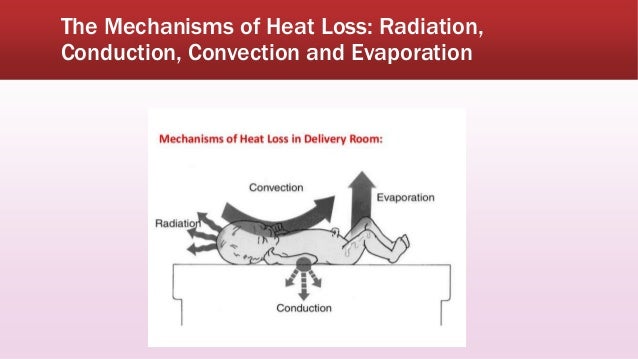 Heat Loss Prevention In Neonates
Heat Loss Prevention In Neonates
 Julia Courtney Adept Clinical Leadership Fellow St7 Neonatal Grid Trainee Thermal Education And Management Programme Ppt Download
Julia Courtney Adept Clinical Leadership Fellow St7 Neonatal Grid Trainee Thermal Education And Management Programme Ppt Download
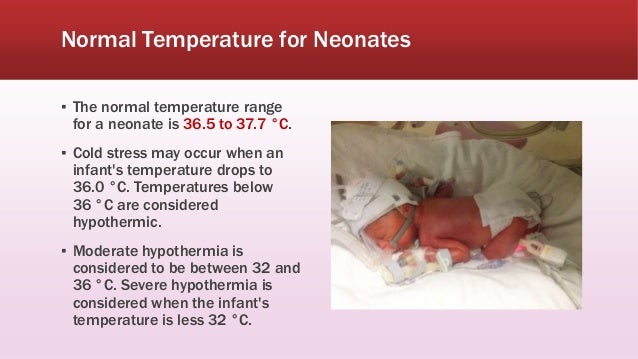 Heat Loss Prevention In Neonates
Heat Loss Prevention In Neonates
 Pdf Thermoregulation Advances In Preterm Infants
Pdf Thermoregulation Advances In Preterm Infants
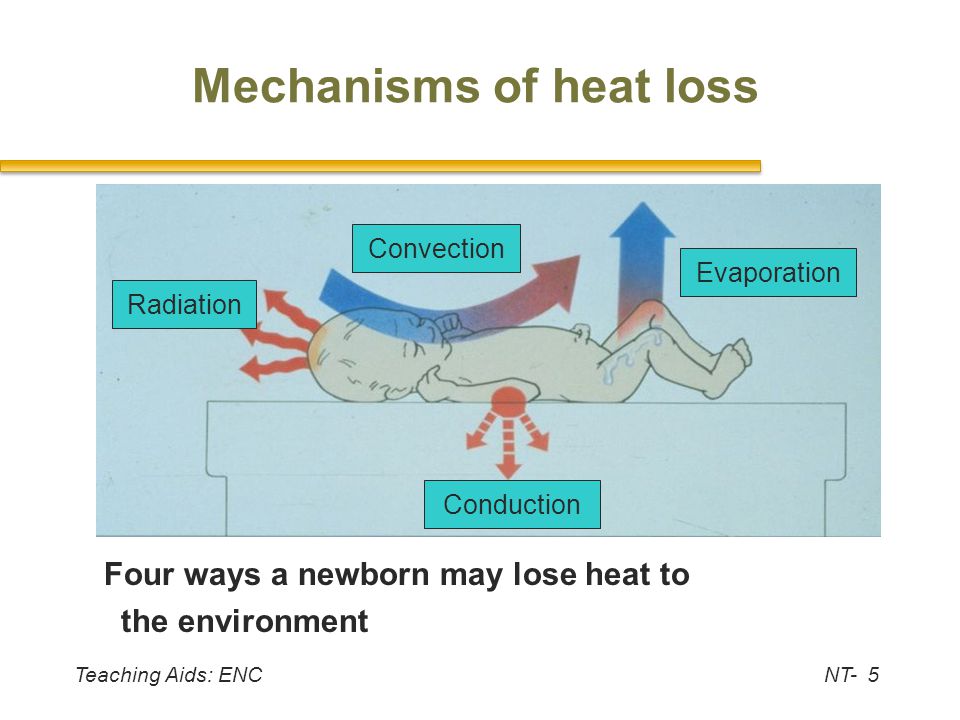 Thermal Protection In Neonates Ppt Video Online Download
Thermal Protection In Neonates Ppt Video Online Download
 Heat Loss Prevention In Neonates
Heat Loss Prevention In Neonates
 Heat Loss Prevention In Neonates
Heat Loss Prevention In Neonates
 The Neonatal Period The Neonatal Period Is Defined As The First 28 Days Of Life Purpose Of Immediate Newborn Care 1 To Establish Maintain And Ppt Download
The Neonatal Period The Neonatal Period Is Defined As The First 28 Days Of Life Purpose Of Immediate Newborn Care 1 To Establish Maintain And Ppt Download
Https Umfiasi2015 Files Wordpress Com 2015 03 Infant Care Pdf
 Pnc All How Do Newborns Lose Heat
Pnc All How Do Newborns Lose Heat
 Nuas240t Chapter 17 Newborn Adaptation Diagram Quizlet
Nuas240t Chapter 17 Newborn Adaptation Diagram Quizlet
 N106 Nursing Care Of The Newborn Ppt Download
N106 Nursing Care Of The Newborn Ppt Download
 Heat Loss Prevention In Neonates Youtube
Heat Loss Prevention In Neonates Youtube
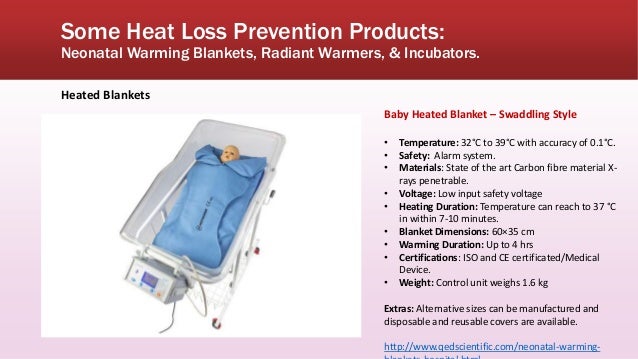 Heat Loss Prevention In Neonates
Heat Loss Prevention In Neonates
Nurturing Newborns In South Sudan Series Essential Care Of The Newborn

